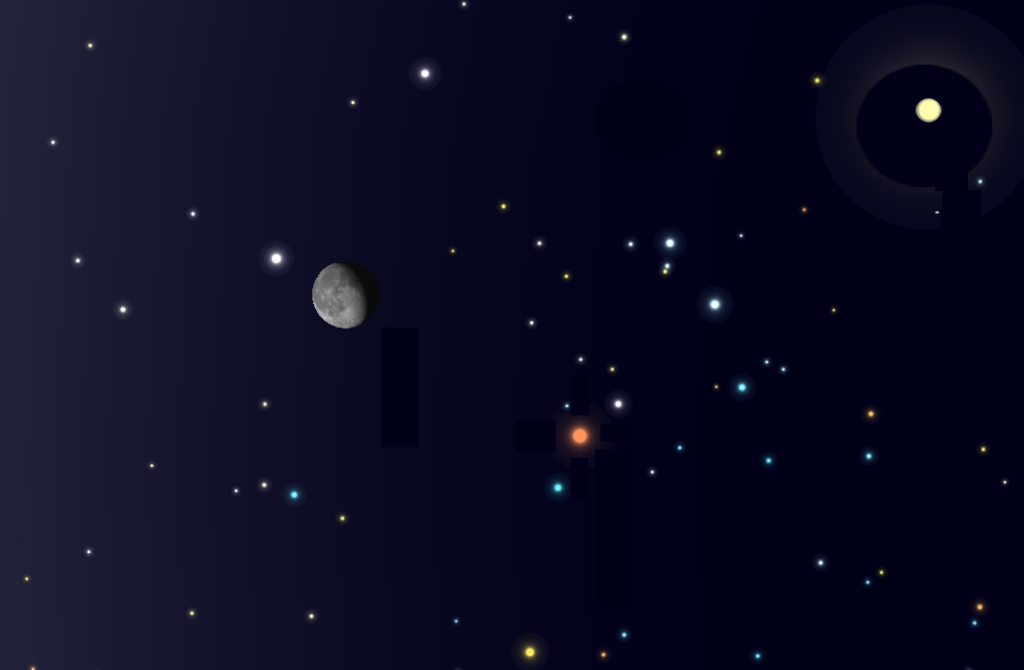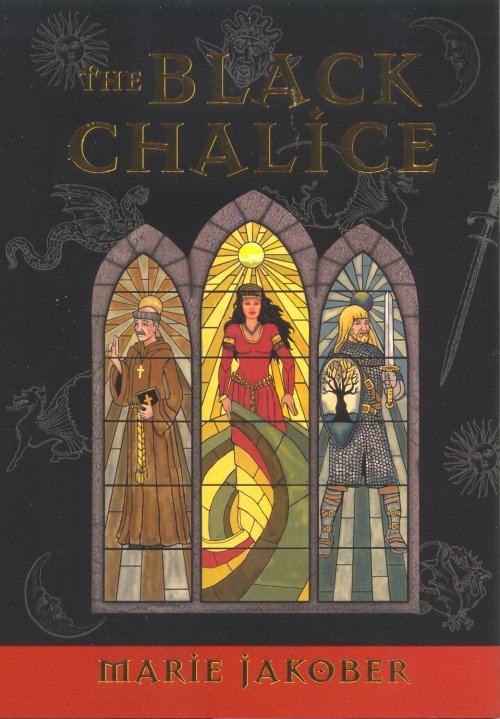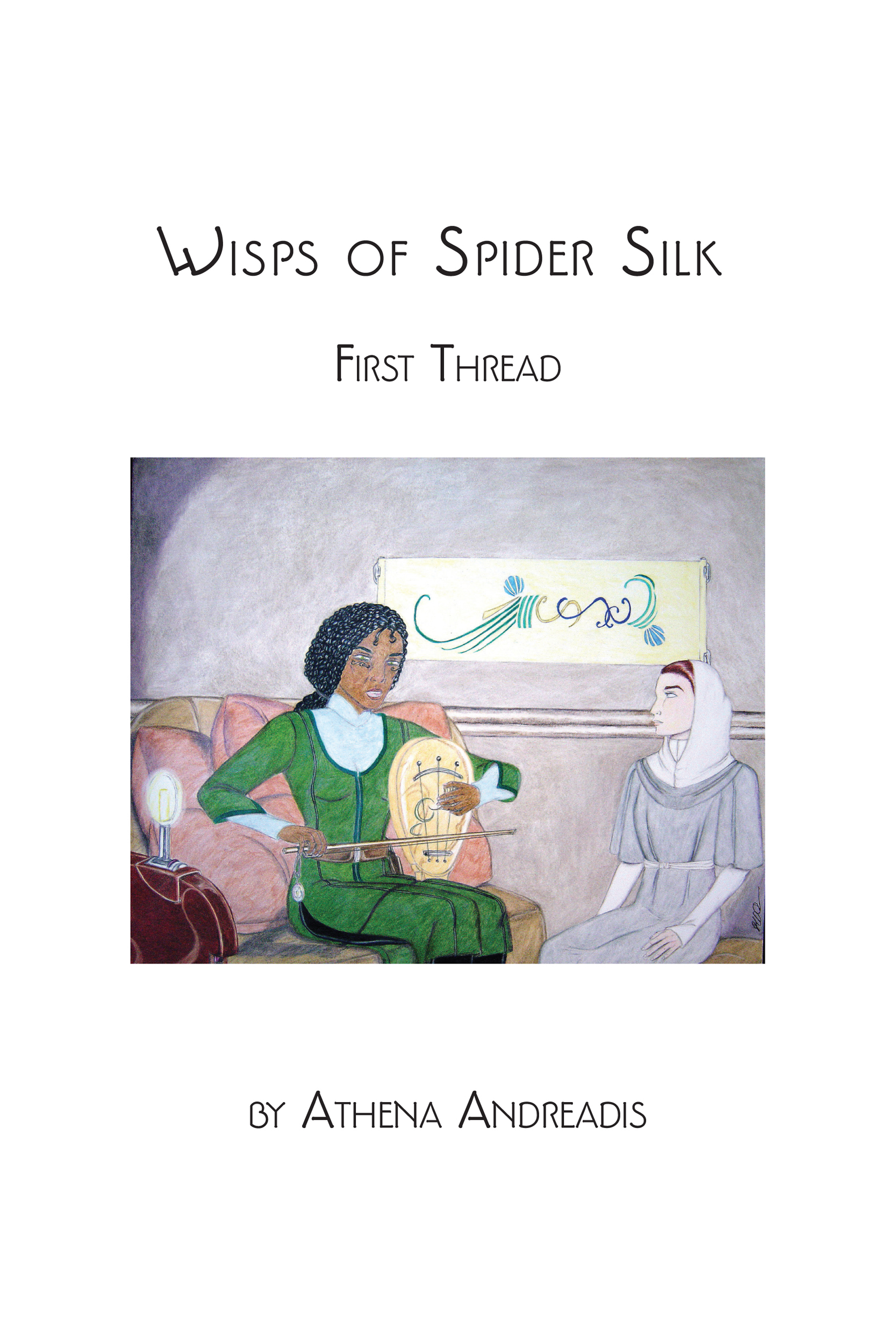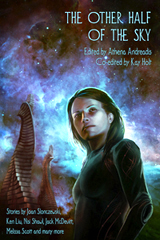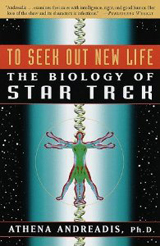 To Shape the Dark, the younger sibling of The Other Half of the Sky, focusing on women scientists doing science not-as-usual, has become as widely acclaimed as its illustrious predecessor: among other recognitions, it won a starred review in Publishers Weekly, two of its stories have been selected by Gardner Dozois for his Year’s Best SF 2016 (Melissa Scott’s “Firstborn, Lastborn” and Shariann Lewitt’s “Fieldwork”) and two by Allan Kaster for The Year’s Top Hard Sci-Fi Stories (Shariann Lewitt’s “Fieldwork” and Gwyneth Jones’ “The Seventh Gamer”).
To Shape the Dark, the younger sibling of The Other Half of the Sky, focusing on women scientists doing science not-as-usual, has become as widely acclaimed as its illustrious predecessor: among other recognitions, it won a starred review in Publishers Weekly, two of its stories have been selected by Gardner Dozois for his Year’s Best SF 2016 (Melissa Scott’s “Firstborn, Lastborn” and Shariann Lewitt’s “Fieldwork”) and two by Allan Kaster for The Year’s Top Hard Sci-Fi Stories (Shariann Lewitt’s “Fieldwork” and Gwyneth Jones’ “The Seventh Gamer”).
To deepen the readers’ enjoyment of the antho stories, I asked the contributing authors to share thoughts about their works. Part 1 of their musings appeared just before the new year. Below is Part 2.
Gwyneth Jones: The Seventh Gamer
I’ve been writing about autonomous self-conscious AI for a while, in various contexts, and eventually you want to write the origin story. How did this new species of conscious being emerge from the number-crunching and the robotics? How could it evade being spotted, until it was truly free? I had my ideas about the huge digital power that runs a complex video game (getting so much input from humans, and learning to behave so humanly, just for the players’ convenience, with no experimental control), and then I went along to an Anthropology Department conference at the University of Kent, by the kind invitation of Paul March Russell. Two absolutely fascinating papers I heard there gave me the background for the story called “The Seventh Gamer”.
The most obviously significant was from Susannah Crockford, London School of Economics. She’d been spending time with a group of New Age believers in Arizona, and reported the story of one of them, a retired lawyer, who had decided to leap from a sacred rock formation (anciently sacred, NB), on a certain day, convinced that by doing this he would open a portal into another dimension, and pass through it. (In a sense he was absolutely right, as the drop was huge and the fall was certain to kill him). His plan generated huge excitement, locally and globally, online and in all forms of correspondence, among people who shared the (modified) Native American sacred beliefs of this group.
The other paper was from Dr Daniela Peluso, University of Kent: who got sick while doing field work in the rainforest with a little-contacted South American tribal people. The tribal doctor treated her as best he could, but he told her she had two malign spirits in her chest, and whatever he did by day, with fires lit under her cot, infusions she was to inhale, herbal drinks she was to swallow, warm compresses, massages, appeals to the spirits, etc ( kind of Victorian level of medicine); it was no good. Every night, something undid his good work. Dr Daniela’s paper was not, however, about this very decent doctor’s failure to cure double pneumonia, without antibiotics, and with the patient sleeping in a damp tent. It was about her own growing fascination with the situation, a fascination enhanced by high fever and the strange coincidence that somebody had given her Bram Stoker’s Dracula to read on her trip. So every day, the wise doctor battled with the evil forces that were preying on her, but every night, mysteriously, she grew weaker . . . She got so drawn into it all, and so keen to find out how things turned out, she was lucky they prevailed on her to get airlifted out in time.
Anthropologists are a strange bunch!
Kristin Landon: From the Depths
When Athena invited me to submit a story for To Shape the Dark, the requirements she listed intrigued me immediately: to write about a woman who is a scientist, and part of a family, in a society that sees science as a natural, necessary, even joyful endeavor. I set “From the Depths” on a world that is completely covered by deep ocean, aboard a large seagoing research vessel that is also the new permanent home of a few thousand people: scientists, the ship’s crew, and their children. Rinna is an ecologist who delights in her work and her small family. Then her daughter disappears from the ship—a crisis that leads to the discovery of intelligent life in the vast ocean around them. The story is the seed of a novel, but only the seed. Rinna and I have a long way to go!
Jack McDevitt: The Pegasus Project
There is probably no cosmic issue confronting us more fascinating than whether there is life beyond our world. And maybe none that is more apt to irritate an audience if a speaker comes down on the wrong side. If he tells a group of listeners that he does not believe in UFO’s, they are invariably disappointed. You of all people?
Go a step further and argue that we are probably alone in the universe, and they wonder how you can be so narrow-minded? The lone argument so far that favors life elsewhere is the sheer size of everything. Billions of stars in the Milky Way. Billions of galaxies across the cosmos. How could there not be life out there somewhere?
The reality is that, as yet, we have no idea how life began. What was the first step in the process? It may well be that wherever there is water and a stable climate, life will appear. Which would certainly support the position that it will evolve, as it has here, into intelligent beings. The reality however is that we’ve been watching for indications of intelligent life for a long time, and aside from UFO accounts, we have nothing. Not even an artificial radio signal, despite the fact that we’ve been listening since the beginning of the 20th century.
It’s possible that the process that produces life has an extremely unlikely component, perhaps something with only one chance in trillions of appearing in the mix, even when the bulk of the chemistry is present. We won’t really know about that until somebody figures it out. Life can’t be something with even a reasonable likelihood of occurring or we’d see it happening occasionally on our world. Or somebody would have figured it out and demonstrated how life happens. So maybe we are alone.
Where will we be if we continue our search for centuries to come? If we develop FTL vehicles and find nothing out there but empty planets? That’s the world of the Pegasus Project. The world Ronda and Emily live in. What would it be like when, after thousands of years, the first signal comes in? And they are closest to the point of origin?
Anil Menon: Building for Shah Jehan
As a college student in India, I had several close friends, male and female, who were all going to do great things. Somehow it didn’t turn out that way. Once they were going to build starships. Now they delouse code, say, for some smiling American tyrant. But they are content nonetheless. Or mostly content. Or not particularly discontent. It is hard to tell the difference between words these days. Thing is, I had already met this genre of friends in Somerset Maugham’s Of Human Bondage. They appear in Dorothy Sayers’ Gaudy Night. I suppose Eliana Ferrente’s My Brilliant Friend is also about this shouldn’t-be-sad-but-is encounter between two childhood friends who are no longer really friends. I can’t do anything to change the past and writing the story didn’t make me feel any better, but I am glad I wrote the story.
Melissa Scott: Firstborn, Lastborn
“Firstborn, Lastborn” was a story I didn’t expect to write. I’d been delighted to see that Athena Andreadis was taking submissions for a second anthology, and was batting around a number of ideas, but my mother was ill that spring, and I ended up having to tell Athena — with great regret! — that I probably wasn’t going to have anything for her this round. She was kind enough to assure me that I could have every minute of the deadline, and to leave me on the mailing list, which kept the anthology in the forefront of my mind.
And then, three weeks before the submissions window was to close, I had an idea. It arrived almost whole, a synthesis of several different stories that hadn’t yet gelled. I had the characters, Anketil and Irtholin, their situation, their conflict; I could see how to shape the resolution, bitter though it had to be. By the time I had hammered out a draft, though, I’d lost the shape of the story. I finished it four days before the deadline, read it over, and very nearly gave it up entirely. I’d had to drop so many things, nothing made sense, it was all a disaster — I went to bed planning to email Athena an apology rather than a story.
The next morning, I read it again, and thought maybe it hung together better than I’d originally thought. I put in a call to a set of friends who will read rough drafts on short notice, and got both reassurance and a practical list of things that were unclear. (These are the best friends any writer can have, and deserve more chocolate than I can provide.) I sweated through a final draft, and sent the story in two days before the absolute deadline, unsure if it even met the parameters of the anthology. I’ve never been happier to get an acceptance!
Vandana Singh: Of Wind and Fire
During a crisis-laden, sleep-deprived period of my life that seemed to go on for months, I remember being so tired that I would keep tripping and half-falling around the house. Being a physicist means you can’t divorce the everyday from the physics, so naturally all this falling about made me think incessantly about gravity. Such a familiar force in our lives, and we’re hardly aware of it. During frequent wakings in the night, my over-tired brain would come up with strange scenarios, including one of perpetual falling. What would it be like to live an entire life where one is falling?
For the longest time I’d also wanted to write a story about a world where magnetism is a dominant force, on the scale, locally at least, of gravity itself. But when I started to write the first paragraph of what would eventually become “Of Wind and Fire,” I had no idea that magnetism would come in also. All I had in my imagination was a woman who lived her entire life falling, and I had to write the story to find out more about her.
I decided in this story to stick with the most familiar and mundane physics, Newtonian physics. So we have falling objects, and the effects of air resistance, and magnetism, nothing that would be unfamiliar to anyone who has taken a basic physics course. Unlike many of my stories, where I extend familiar physics or invent something entirely new, this story is set firmly in our universe. But despite the constraints of physics, there is still room for a wildly different world – consider how variegated are the four-thousand-odd extra-solar planets that have been discovered!
The margins within which classical physics allows us to build worlds are broad and generous. What I wanted to explore here was Vayusha’s gradual realization of patterns in the world, regularities that hint of order, of economy of principle underlying the bewildering diversity of the phenomena she experiences. I wanted to experience with her the wonder that even good old Newtonian physics reveals as inherent in the universe. And I wanted to see what would happen to her when her realizations led her to think forbidden thoughts, to go against her social conditioning. Her thoughts and actions are the seed of a paradigm shift, something that will potentially change the way her people think about the world, and how they live in the world.
Of course Newtonian physics arises in our world in a particular historical and cultural context. Vayusha’s explorations will likely lead her to a different framing of the same phenomena. If I write a sequel, it will involve her constructing such an alternative formulation or framing. But that is another story!
 It’s important to look at classics through new lenses, but selective historic amnesia is a particularly myopic one to choose. Progressives have made both a tactical and a moral error by erasing class (age, too, incidentally) from the intersectional grievance list. Lady Macbeth‘s framing fits too patly into the “white women’s tears” narrative so beloved of pseudo-pious powermongers. If only it were that neat and easy, grasshoppas. And, yes, before someone hastens to “educate” me, I’m fully aware of the behavior of ruling-class women in the Confederate South, British colonies — but also in such less-visited enclaves as Ottoman, sub-Saharan, Brahmin and Han households with their punitive mothers-in-law and tai-tai.
It’s important to look at classics through new lenses, but selective historic amnesia is a particularly myopic one to choose. Progressives have made both a tactical and a moral error by erasing class (age, too, incidentally) from the intersectional grievance list. Lady Macbeth‘s framing fits too patly into the “white women’s tears” narrative so beloved of pseudo-pious powermongers. If only it were that neat and easy, grasshoppas. And, yes, before someone hastens to “educate” me, I’m fully aware of the behavior of ruling-class women in the Confederate South, British colonies — but also in such less-visited enclaves as Ottoman, sub-Saharan, Brahmin and Han households with their punitive mothers-in-law and tai-tai.









